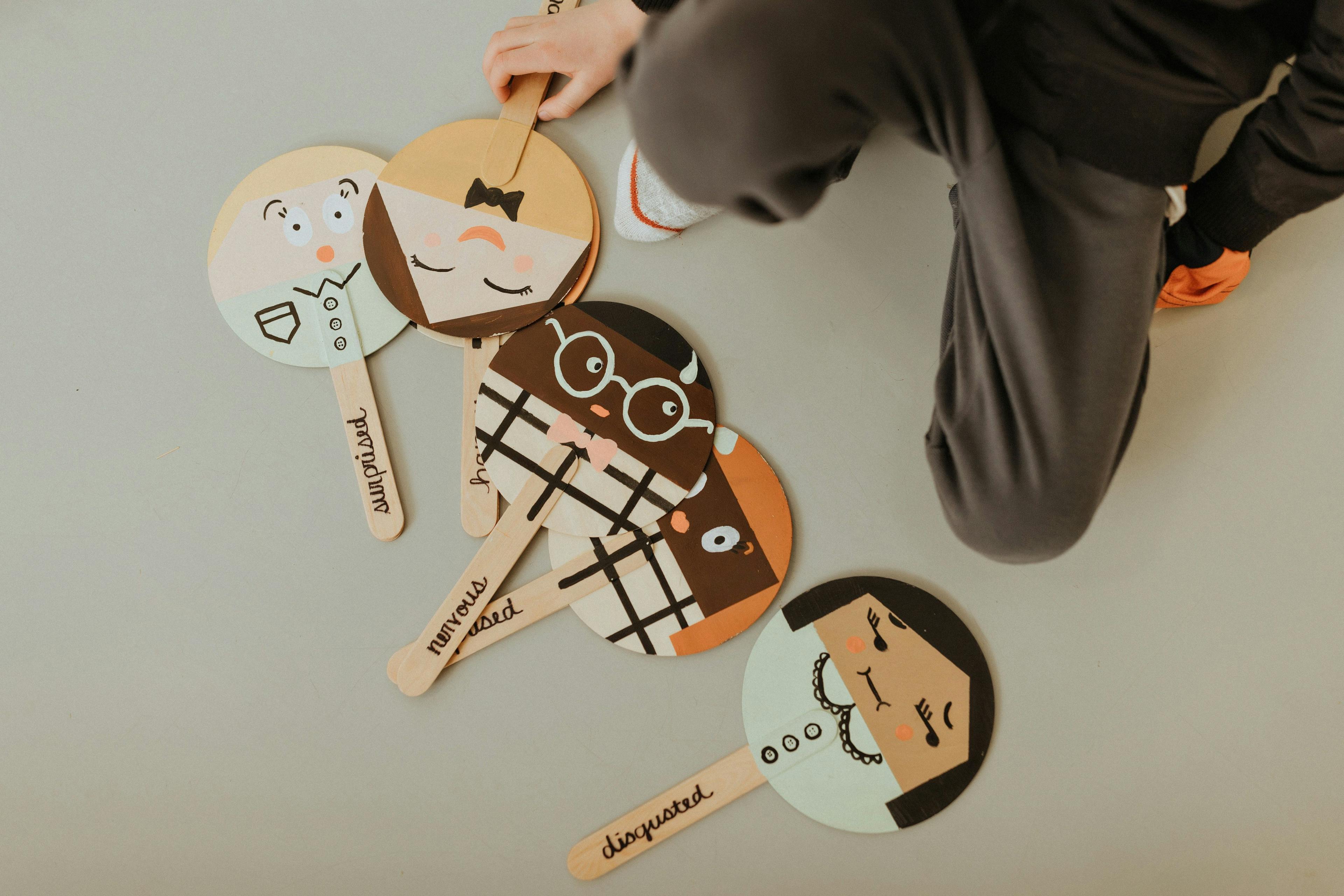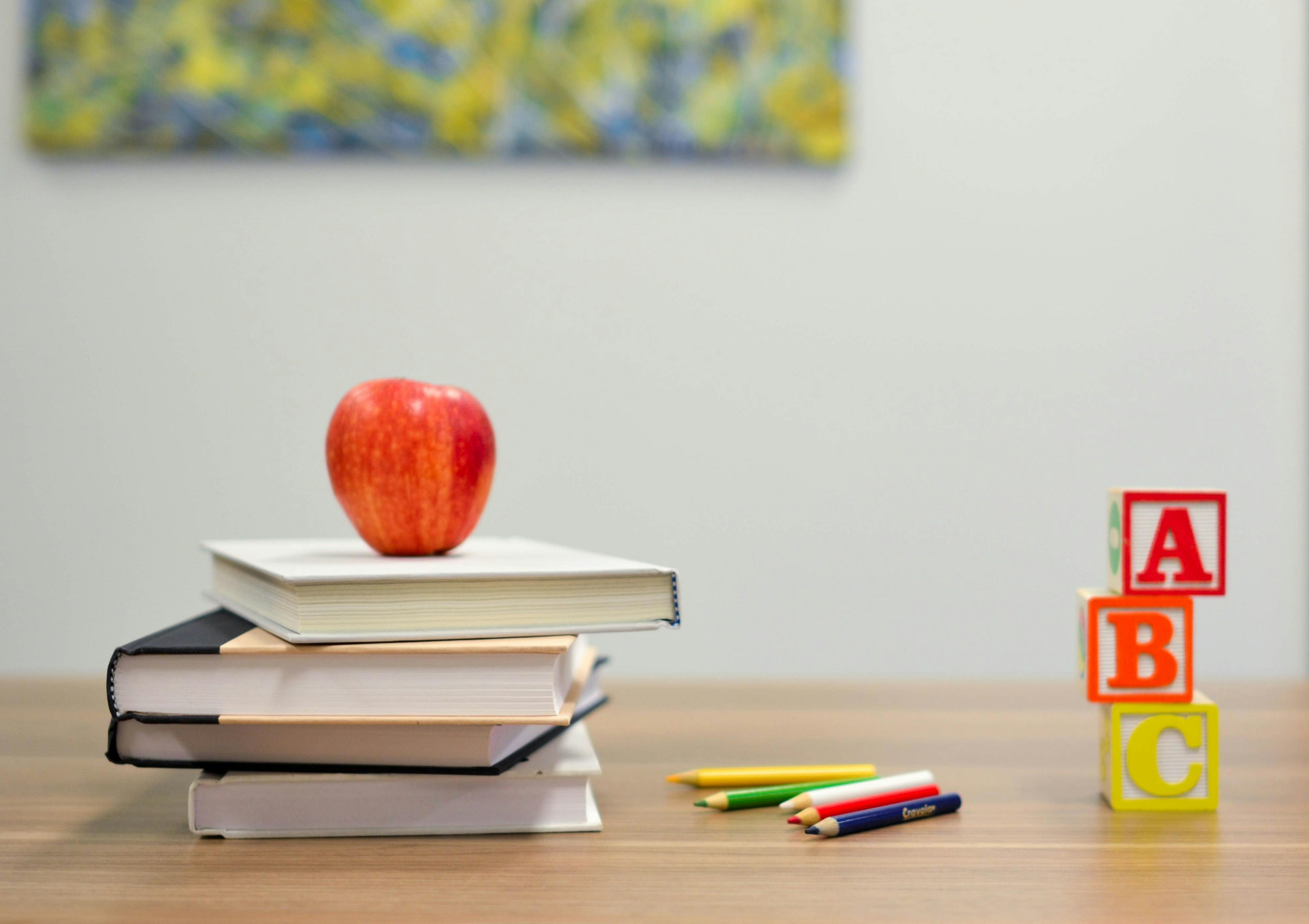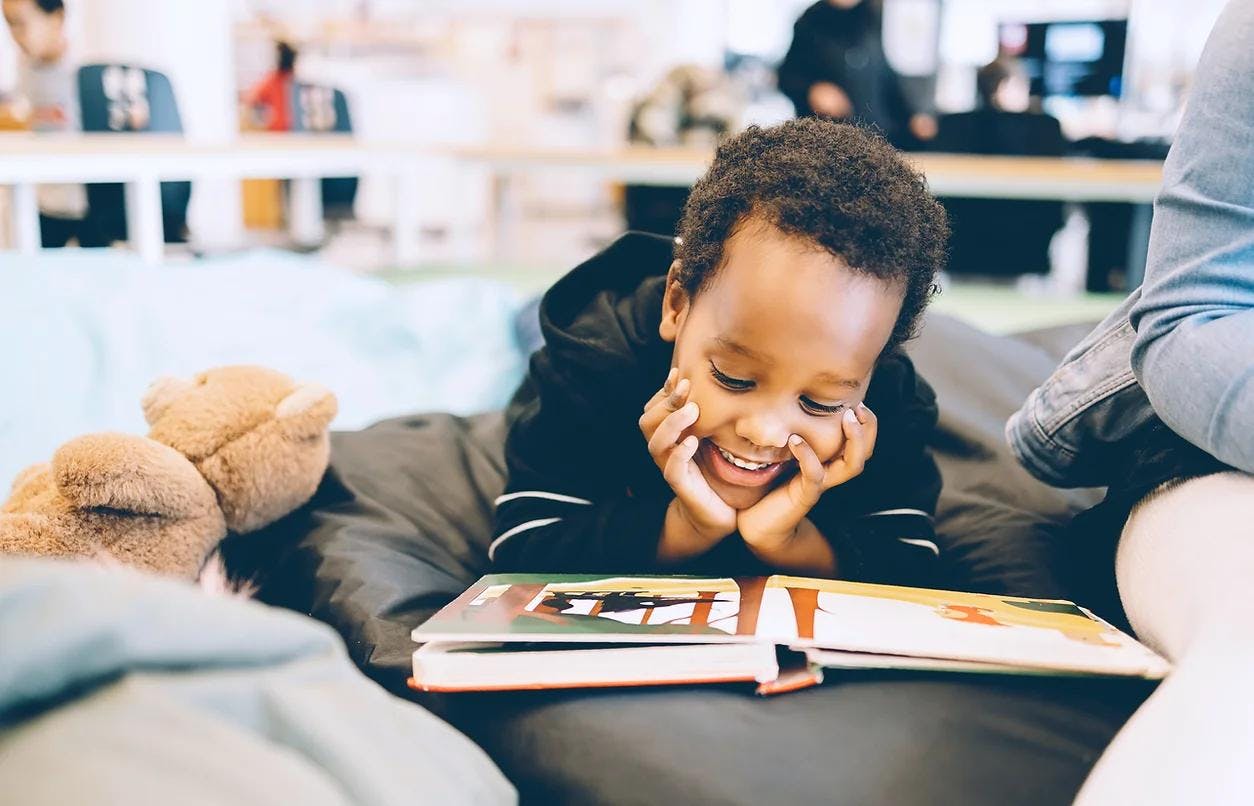Gratitude for Wellbeing
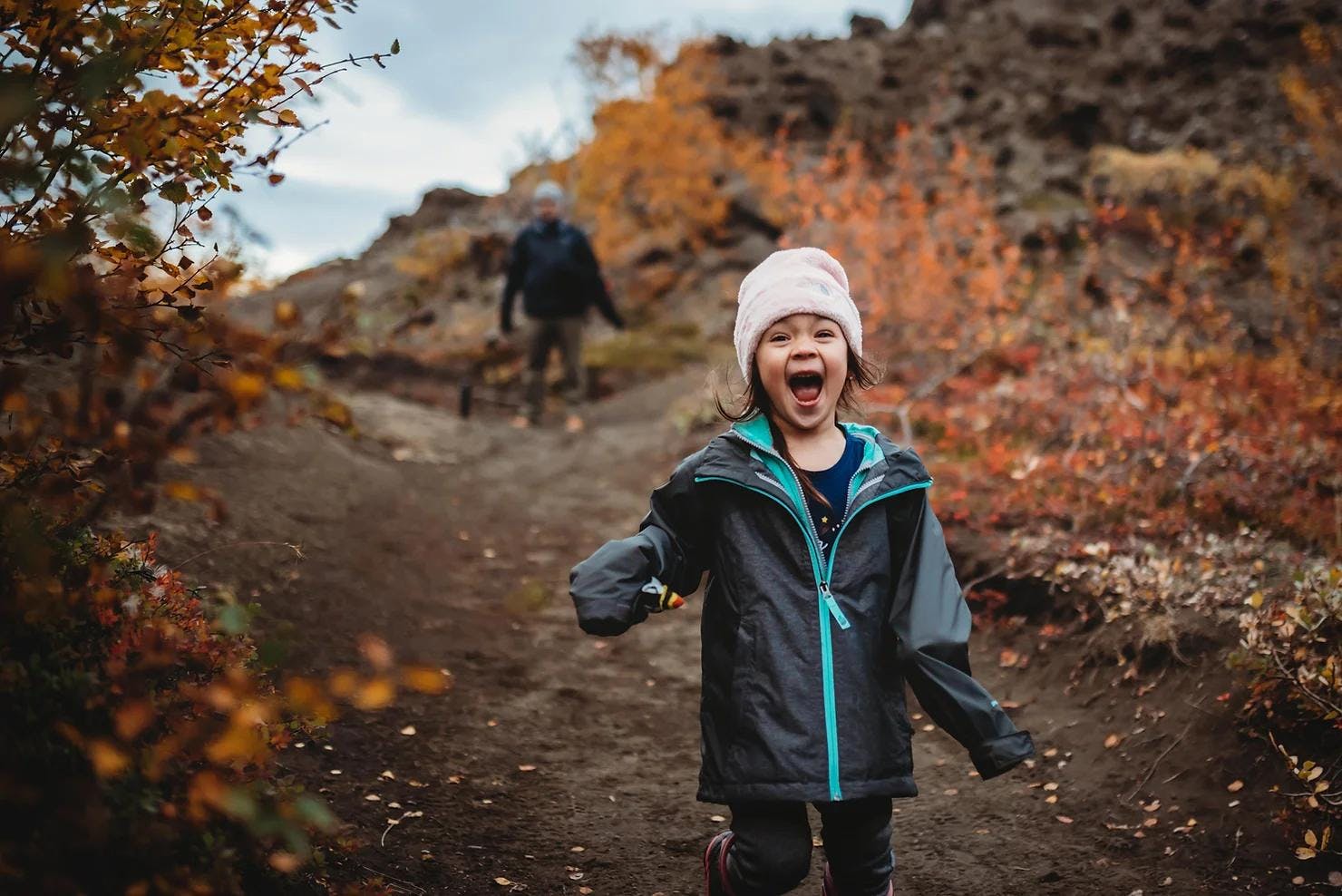
What is gratitude?
As we settle into the fall season with its cooler temperatures, cozier clothes, and changing leaves, the words “gratitude” and “thankfulness” also seem to be in the air. As Thanksgiving as well as other harvest celebrations, traditions, and holidays approach us, we might stop to consider how gratitude may fit into our lives and those of our children.
Gratitude is a word we hear frequently, but what does it actually mean and how might it benefit our wellbeing? Gratitude can be conceptualized as an emotion we feel after receiving help, gifts, or other benefits from those around us, but it can also be seen as a broader attitude we can hold through appreciating various aspects of our lives like the people around us, the things we have, the beauty of nature, the present moment, or the fleeting but precious time we have in life.
What are the benefits of gratitude?
Research has shown that gratitude can have many benefits including having an adaptive personality, overall wellbeing, positive relationships, and other health advantages. Gratitude may also affect our mood, life satisfaction, developing and maintaining relationships, and general emotional functioning. It may also positively affect specific mental health concerns including body image, anxiety and worry, and the effects of trauma. In children, gratitude has been associated with happiness, optimism, life satisfaction, and positive mental health. With all of these benefits, it seems that cultivating gratitude and taking time to practice noticing what we have to be grateful for might be an enticing idea!
For research, see Froh et al. (2008); Nguyen & Gordon (2020); Wood et al. (2010).
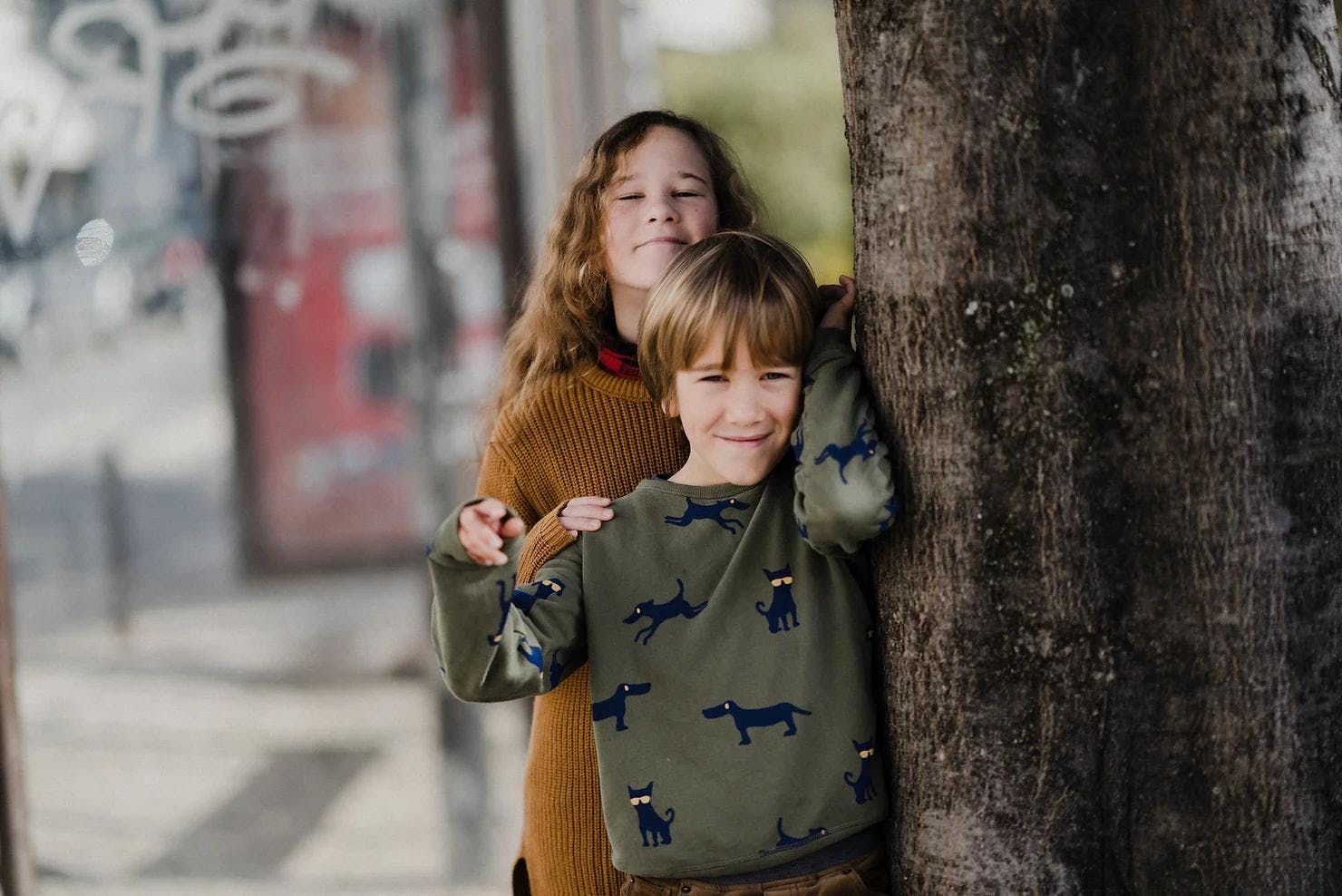
How can we help children cultivate and practice gratitude?
There are many ways to express gratitude as adults, and in turn pass this attitude toward life onto our children. There was a study which showed that parents’ social behaviours, modelling gratitude, and discussions about gratitude can increase children’s displays of gratitude (Froh et al., 2008). Being aware of how we express gratitude to others and having intentional conversations about being thankful for what we have in our lives are just some simple ways that parents and educators might begin to introduce gratitude to children. We can also build gratitude practices into our days to help children practice their skills and gratitude mindset.
Here are just a few things we can do with the children in our lives:
- Encourage children to say “thank you” to others, and even create thank you notes or drawings to give to people they are grateful for.
- Participate in gratitude projects as a class or family. Some examples of gratitude projects include:
- Creating a gratitude calendar: Noting one thing you are grateful for each day of the week or month on a physical or digital calendar.
- Making a gratitude collage or art project: Using images, drawings, and/or stickers to create a representation of all of the things in life you are thankful for (can be physical or digital).
- Having a gratitude jar: Writing or drawing little things you are grateful for on a slip of paper and adding them to a jar (this can be done daily, weekly, or randomly!). Then, choose a specific time to open the jar and share all of the responses together.
- Creating your own gratitude rituals. This could be things like starting or finishing the day with a gratitude statement, or regularly using a gratitude journal.
- Showing thanks through acts of kindness. It can be fun and meaningful to think of something kind children can do individually or as a family or classroom for someone to express their gratitude. This could be things like making a card for the school custodian, bringing a meal to a neighbour, or doing a litter clean-up for the local wildlife.
We encourage you to create your own gratitude practices in whatever ways are meaningful for the children in your life!
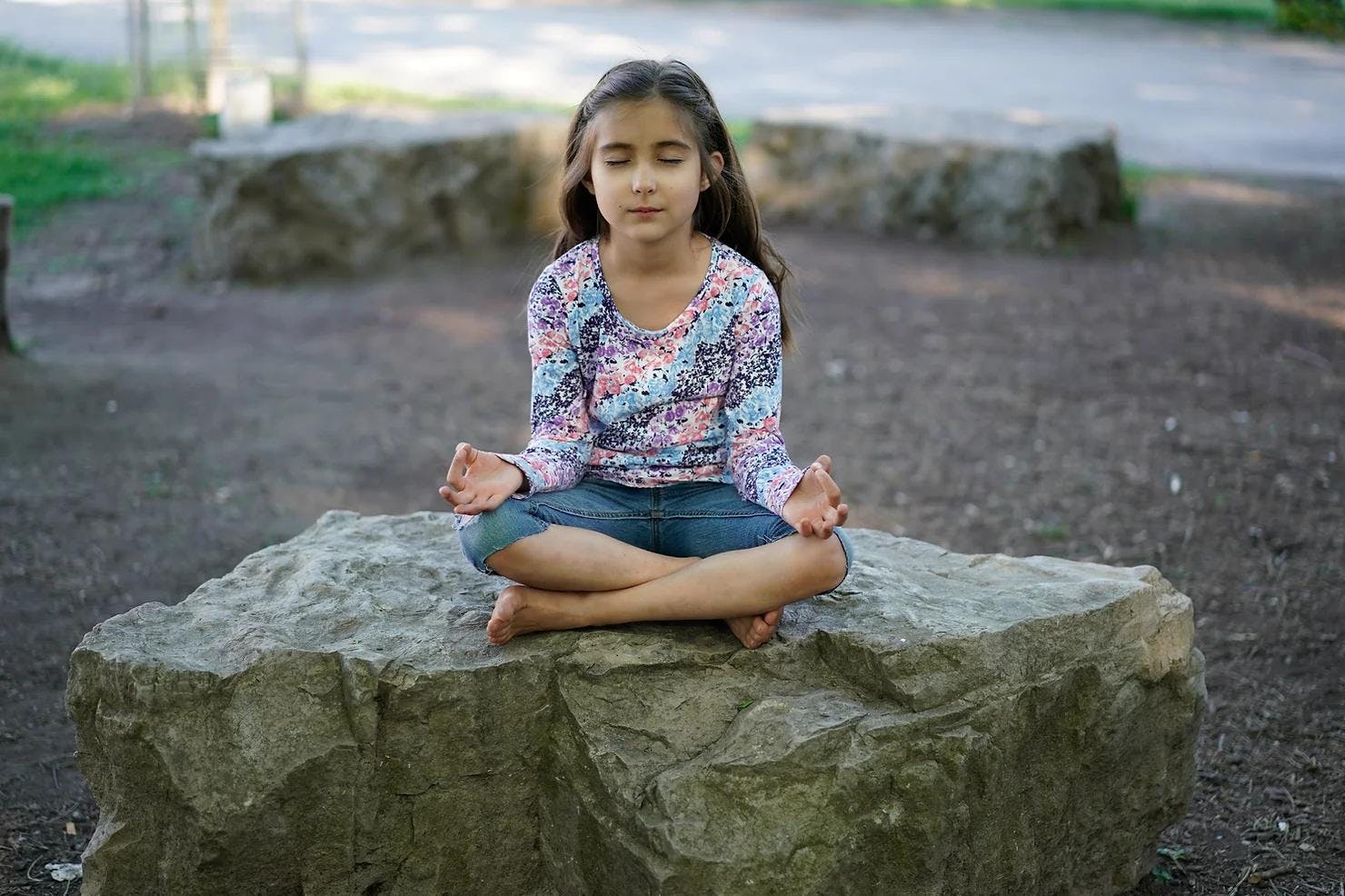
Gratitude, Mindfulness, & Yoga
We can also build gratitude into our physical and mental wellbeing habits. Mindfulness can be a great tool for accessing a grateful mindset. We can set an intention to notice the little (or big) things in our daily lives that we are grateful for. You could even choose a Thankful Theme of the week (themes might vary from nature, health, friendships, to food, or whatever sparks interest) and pay close attention to whenever those things arise in your day, and take a moment to be grateful for them. There are also many meditations that you can do to dedicate some time to feeling gratitude, like a Loving Kindness meditation. For physical expressions of gratitude, we can use simple yoga poses like mountain pose (Tadasana: standing tall with both feet together) or easy pose (Sukhasana: sitting cross legged, or any comfortable seated position with a long spine) and putting our palms together at our hearts (Anjali Mudra). We can use this connection to our hearts to notice what we are grateful for, and how it feels in our body when we focus on gratitude!
Fledge’s many mindfulness and emotional awareness-based exercises are other great ways of incorporating gratitude into the daily lives of children through setting gratitude intentions and points of focus. Here at Fledge, we are so grateful for our community, all of our supporters, and for the opportunity to bring practices for mental wellbeing to the next generation.
References & Further Reading:
Cherry, K. (2021, October 29). What is gratitude? Verywell Mind. https://www.verywellmind.com/what-is-gratitude-5206817
Froh, J. J., Sefick, W. J., & Emmons, R. A. (2008). Counting blessings in early adolescents: An experimental study of gratitude and subjective well-being. Journal of School Psychology, 46(2), 213-233. https://doi.org/10.1016/j.jsp.2007.03.005
Hussong, A. (2017, November 21). What parents neglect to teach about gratitude. Greater Good Magazine. https://greatergood.berkeley.edu/article/item/what_parents_neglect_to_teach_about_gratitude
Morin, A. (2020, November 11). How to teach children gratitude. Verywell Mind. https://www.verywellmind.com/how-to-teach-children-gratitude-4782154
Nguyen, S. P., & Gordon, C. L. (2020). The relationship between gratitude and happiness in young children. Journal of Happiness Studies, 21, 2773-2787. https://doi.org/10.1007/s10902-019-00188-6
Wood, A. M., Froh, J. J., & Geraghty, A. W. (2010). Gratitude and well-being: A review and theoretical integration. Clinical psychology review, 30(7), 890-905. https://doi.org/10.1016/j.cpr.2010.03.005
